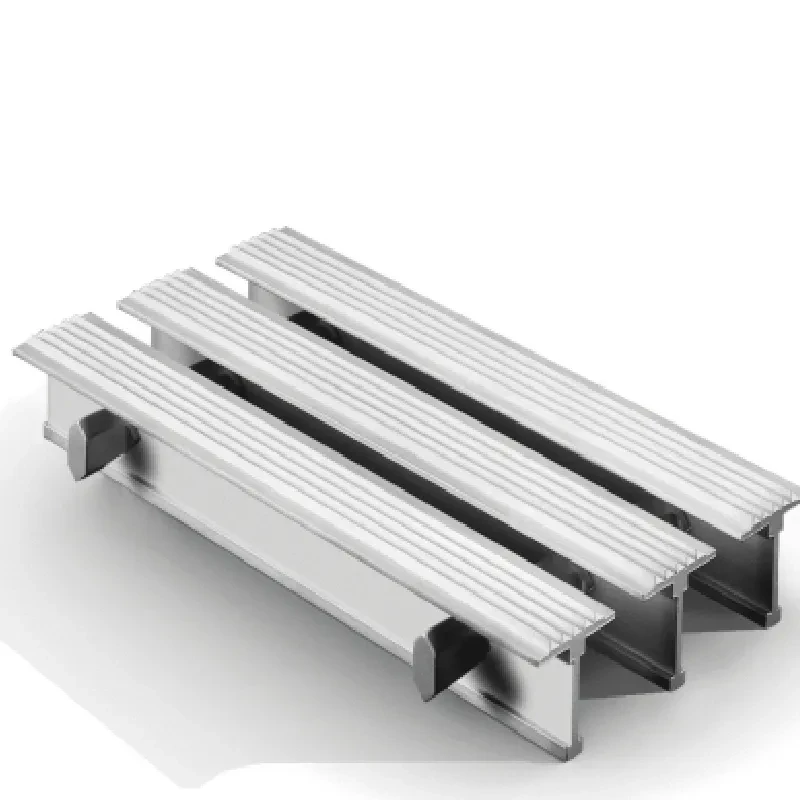- Industrial zone, South of Anping Town, Hengshui, Hebei, China.
- sales@hfpetromesh.com
- +86-18931809706
 Afrikaans
Afrikaans  Albanian
Albanian  Amharic
Amharic  Arabic
Arabic  Armenian
Armenian  Azerbaijani
Azerbaijani  Basque
Basque  Belarusian
Belarusian  Bengali
Bengali  Bosnian
Bosnian  Bulgarian
Bulgarian  Catalan
Catalan  Cebuano
Cebuano  Corsican
Corsican  Croatian
Croatian  Czech
Czech  Danish
Danish  Dutch
Dutch  English
English  Esperanto
Esperanto  Estonian
Estonian  Finnish
Finnish  French
French  Frisian
Frisian  Galician
Galician  Georgian
Georgian  German
German  Greek
Greek  Gujarati
Gujarati  Haitian Creole
Haitian Creole  hausa
hausa  hawaiian
hawaiian  Hebrew
Hebrew  Hindi
Hindi  Miao
Miao  Hungarian
Hungarian  Icelandic
Icelandic  igbo
igbo  Indonesian
Indonesian  irish
irish  Italian
Italian  Japanese
Japanese  Javanese
Javanese  Kannada
Kannada  kazakh
kazakh  Khmer
Khmer  Rwandese
Rwandese  Korean
Korean  Kurdish
Kurdish  Kyrgyz
Kyrgyz  Lao
Lao  Latin
Latin  Latvian
Latvian  Lithuanian
Lithuanian  Luxembourgish
Luxembourgish  Macedonian
Macedonian  Malgashi
Malgashi  Malay
Malay  Malayalam
Malayalam  Maltese
Maltese  Maori
Maori  Marathi
Marathi  Mongolian
Mongolian  Myanmar
Myanmar  Nepali
Nepali  Norwegian
Norwegian  Norwegian
Norwegian  Occitan
Occitan  Pashto
Pashto  Persian
Persian  Polish
Polish  Portuguese
Portuguese  Punjabi
Punjabi  Romanian
Romanian  Russian
Russian  Samoan
Samoan  Scottish Gaelic
Scottish Gaelic  Serbian
Serbian  Sesotho
Sesotho  Shona
Shona  Sindhi
Sindhi  Sinhala
Sinhala  Slovak
Slovak  Slovenian
Slovenian  Somali
Somali  Spanish
Spanish  Sundanese
Sundanese  Swahili
Swahili  Swedish
Swedish  Tagalog
Tagalog  Tajik
Tajik  Tamil
Tamil  Tatar
Tatar  Telugu
Telugu  Thai
Thai  Turkish
Turkish  Turkmen
Turkmen  Ukrainian
Ukrainian  Urdu
Urdu  Uighur
Uighur  Uzbek
Uzbek  Vietnamese
Vietnamese  Welsh
Welsh  Bantu
Bantu  Yiddish
Yiddish  Yoruba
Yoruba  Zulu
Zulu
- Afrikaans
- Albanian
- Amharic
- Arabic
- Armenian
- Azerbaijani
- Basque
- Belarusian
- Bengali
- Bosnian
- Bulgarian
- Catalan
- Cebuano
- Corsican
- Croatian
- Czech
- Danish
- Dutch
- English
- Esperanto
- Estonian
- Finnish
- French
- Frisian
- Galician
- Georgian
- German
- Greek
- Gujarati
- Haitian Creole
- hausa
- hawaiian
- Hebrew
- Hindi
- Miao
- Hungarian
- Icelandic
- igbo
- Indonesian
- irish
- Italian
- Japanese
- Javanese
- Kannada
- kazakh
- Khmer
- Rwandese
- Korean
- Kurdish
- Kyrgyz
- Lao
- Latin
- Latvian
- Lithuanian
- Luxembourgish
- Macedonian
- Malgashi
- Malay
- Malayalam
- Maltese
- Maori
- Marathi
- Mongolian
- Myanmar
- Nepali
- Norwegian
- Norwegian
- Occitan
- Pashto
- Persian
- Polish
- Portuguese
- Punjabi
- Romanian
- Russian
- Samoan
- Scottish Gaelic
- Serbian
- Sesotho
- Shona
- Sindhi
- Sinhala
- Slovak
- Slovenian
- Somali
- Spanish
- Sundanese
- Swahili
- Swedish
- Tagalog
- Tajik
- Tamil
- Tatar
- Telugu
- Thai
- Turkish
- Turkmen
- Ukrainian
- Urdu
- Uighur
- Uzbek
- Vietnamese
- Welsh
- Bantu
- Yiddish
- Yoruba
- Zulu
metal grating load tables
Understanding Metal Grating Load Tables
Metal grating is an indispensable material used in various industrial applications, providing strength, support, and safety across numerous environments. To ensure optimal performance and safety standards, understanding metal grating load tables is essential for engineers, architects, and construction professionals. These tables provide critical data regarding the weight-bearing capacity of different types of metal grating, thereby aiding in material selection and structural design.
What are Metal Grating Load Tables?
Metal grating load tables are comprehensive guides that outline the load-bearing capacities of various grating configurations. These tables typically categorize grating types based on their material composition, surface design, and orientation. Common materials include steel, aluminum, and fiberglass, each with unique load-bearing characteristics. Factors such as the spacing of the supporting structures and the size of the openings in the grating also play pivotal roles in determining its load capacity.
Reading Load Tables
When evaluating load tables, it is important to focus on several key parameters
1. Ultimate Load This refers to the maximum load the grating can withstand before failure occurs. It is essential to consider this figure when designing structures to ensure they can safely support expected loads.
2. Deflection Limits Load tables will also provide information on the allowable deflection under specific loads. Excessive deflection can lead to structural issues and safety hazards, so understanding these limits is crucial.
metal grating load tables

3. Load Types Load tables differentiate between live loads (temporary loads, such as people and equipment) and dead loads (permanent loads, such as the weight of the grating itself). Different calculations and safety factors apply to each type.
4. Grating Configuration Load tables may include varied configurations of grating (e.g., light-duty, medium-duty, and heavy-duty) to facilitate the appropriate selection based on the application.
Applications of Metal Grating Load Tables
Metal grating is widely used in numerous industries, including construction, oil and gas, food processing, and wastewater treatment. For example, safety walkways, drainage covers, and platforming all utilize metal grating. Each application may have unique load requirements, necessitating careful consideration of load tables to prevent accidents and ensure long-term performance.
Ensuring Compliance and Safety
Using load tables is not just about selecting the right material; it also involves adhering to relevant safety standards and regulations. Engineers must consult local codes, which may impose additional requirements on load capacities and safety factors. Regular inspections of installed grating are also crucial, as wear and tear can affect load-bearing capabilities over time.
Conclusion
In summary, metal grating load tables are vital tools for professionals in sectors requiring structural integrity and safety. By thoroughly understanding and applying the data from these tables, engineers can make informed decisions that promote safe and effective designs. Whether in constructing a new facility or maintaining existing structures, taking load capacities into account is essential for sustainable engineering practices.
-
Welded Steel Bar Grating: The Rugged Industrial Flooring Solution Built for Load and LongevityNewsJun.24,2025
-
Steel Walkway Grating: Reliable, Resilient, and Built for Every StepNewsJun.24,2025
-
Shale Shaker Screen for Sale: Optimize Drilling Efficiency with Precision Screening PowerNewsJun.24,2025
-
Shaker Screen for Sale: Elevate Your Drilling Efficiency with Durable Separation SolutionsNewsJun.24,2025
-
Press Locked Steel Grating: Industrial Strength with Precision Fit for Heavy-Duty ApplicationsNewsJun.24,2025
-
Perimeter Safety Netting: The Critical Safety Upgrade for Every HelipadNewsJun.24,2025